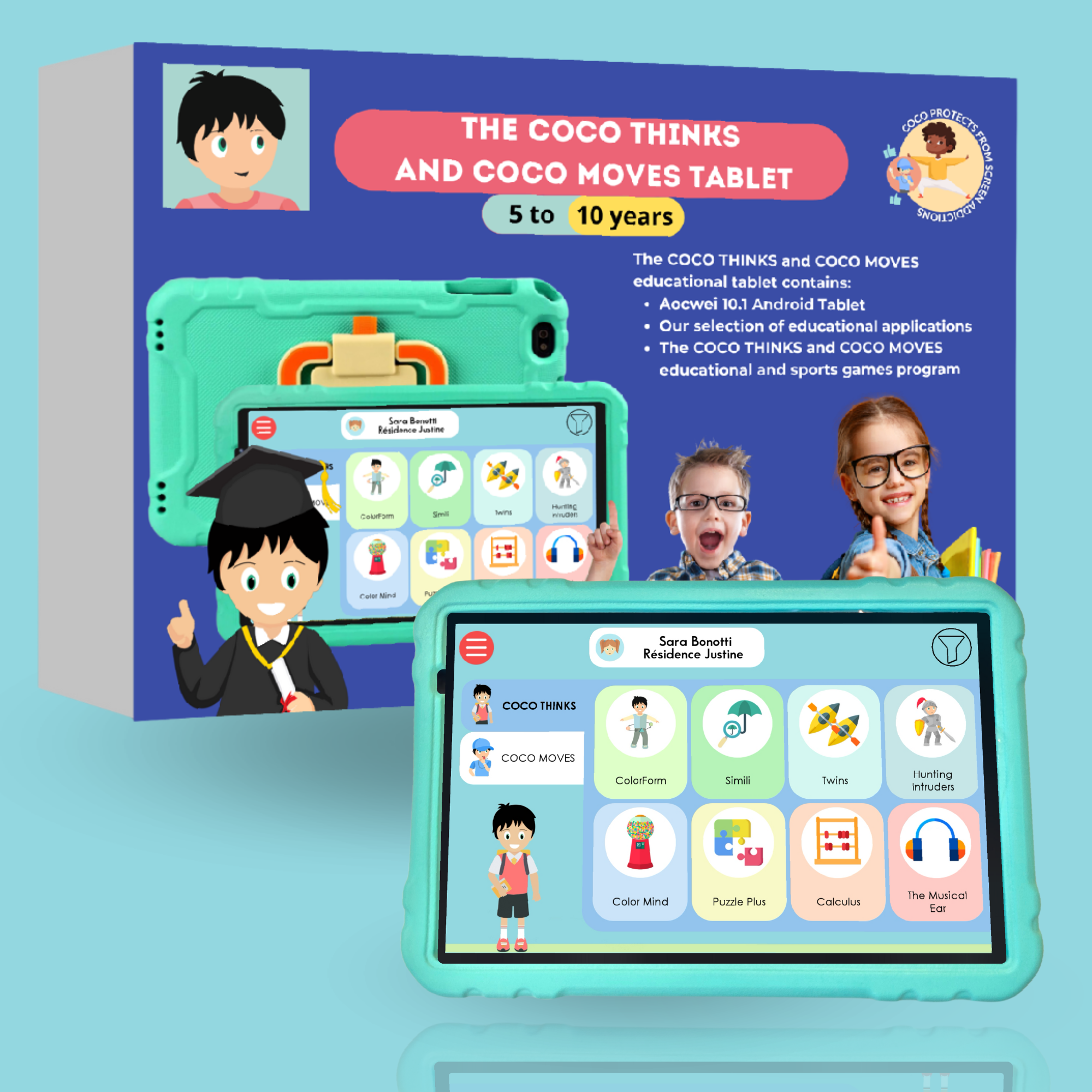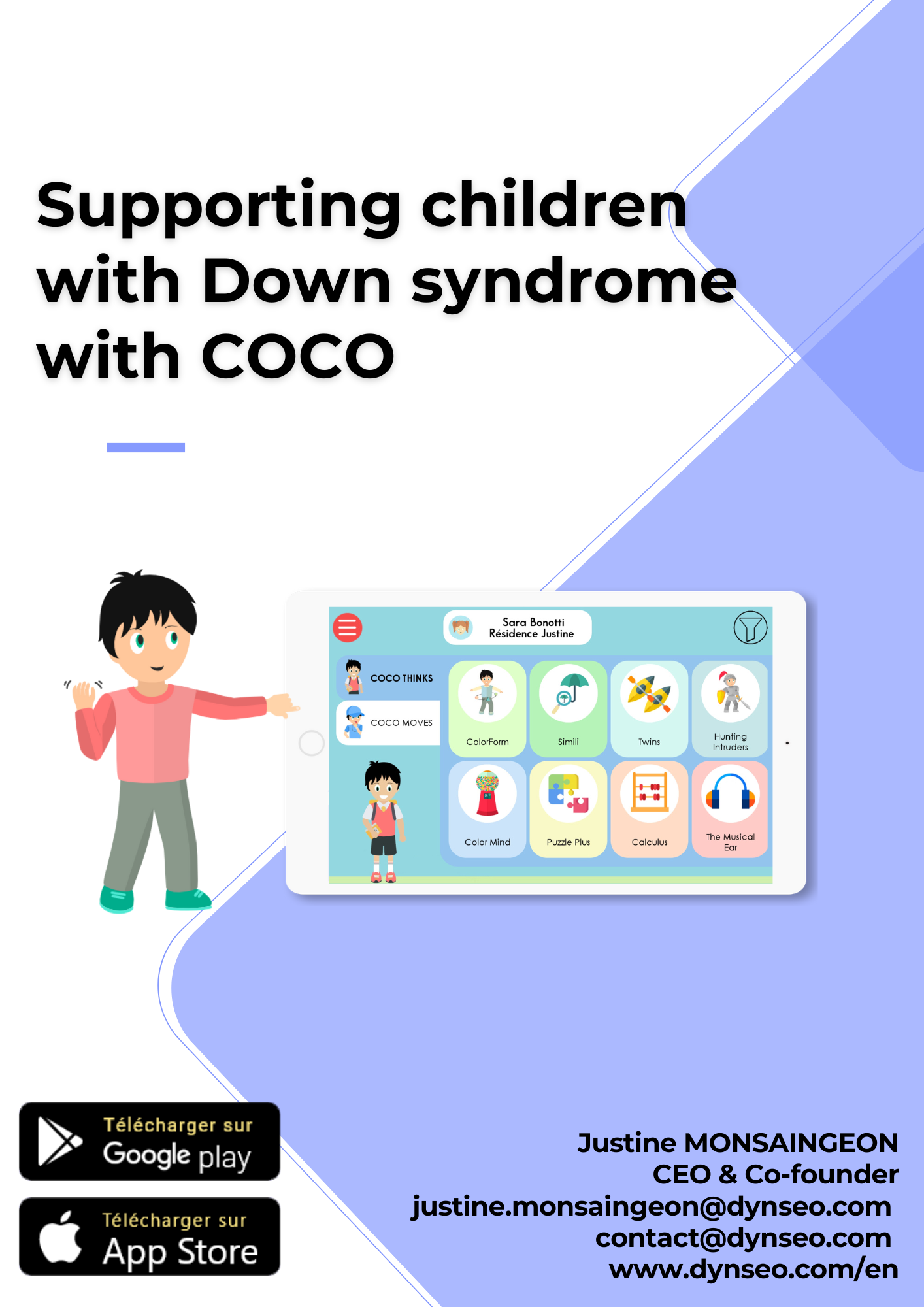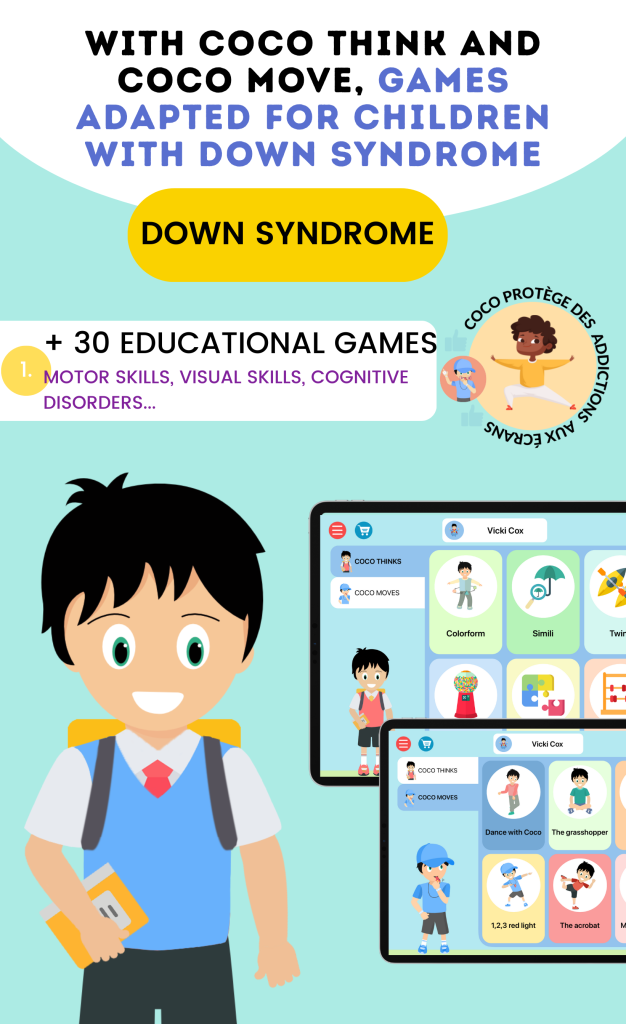As we delve into the world of Down syndrome, we recognize that it is a genetic condition caused by the presence of an extra chromosome 21. This additional genetic material can lead to a variety of physical and intellectual challenges. Children with Down syndrome often experience developmental delays, which can affect their cognitive abilities, speech, and motor skills.
Understanding these challenges is crucial for us as caregivers, educators, and advocates, as it allows us to tailor our approaches to meet the unique needs of each child. Moreover, we must acknowledge that while children with Down syndrome may face learning challenges, they also possess remarkable strengths and capabilities. Many exhibit a strong sense of empathy, creativity, and resilience.
By focusing on these positive attributes, we can foster an environment that encourages growth and learning. It is essential for us to approach each child holistically, recognizing both their challenges and their potential, as this balanced perspective will guide our efforts in supporting their educational journey.
The Benefits of Digital Resources for Children with Down Syndrome
In today’s digital age, we have access to a plethora of resources that can significantly enhance the learning experience for children with Down syndrome. Digital tools offer interactive and engaging content that can cater to various learning styles. For instance, educational apps and games can provide visual and auditory stimuli that capture children’s attention, making learning more enjoyable and effective.
These resources can also be tailored to individual needs, allowing us to customize learning experiences based on each child’s strengths and areas for improvement. Additionally, digital resources often promote independence in learning. Children can explore topics at their own pace, revisiting concepts as needed without the pressure of a traditional classroom setting.
This flexibility empowers them to take ownership of their education, fostering a sense of confidence and self-efficacy. As we embrace these digital tools, we can create a more inclusive learning environment that accommodates diverse learners and encourages them to thrive.
Choosing the Right Digital Tools for Learning

When selecting digital tools for children with Down syndrome, we must consider several factors to ensure that our choices align with their unique learning needs. First and foremost, we should prioritize user-friendly applications that are intuitive and easy to navigate. Children may become frustrated with overly complex interfaces, so simplicity is key.
We can look for tools that offer clear instructions and visual cues to guide them through the learning process. Furthermore, it is essential for us to choose resources that align with specific learning objectives. Whether we are focusing on literacy, numeracy, or social skills, we should seek out digital tools that provide targeted practice in these areas.
Additionally, incorporating a variety of formats—such as videos, games, and interactive quizzes—can help maintain engagement and cater to different learning preferences. By thoughtfully selecting the right digital tools, we can create a rich learning experience that supports our children’s growth and development.
Incorporating Interactive and Engaging Activities
To maximize the effectiveness of digital resources, we should incorporate interactive and engaging activities into our learning routines. Children with Down syndrome often thrive in environments where they can actively participate in their learning process. We can utilize digital platforms that encourage hands-on exploration, such as virtual simulations or interactive storytelling apps.
These activities not only capture children’s interest but also promote critical thinking and problem-solving skills. Moreover, we can enhance engagement by integrating collaborative activities that involve peers or family members. For instance, we might consider using video conferencing tools to facilitate group learning sessions or virtual playdates.
This social interaction can be invaluable for children with Down syndrome, as it helps them develop communication skills and build relationships with others. By fostering a sense of community through interactive activities, we can create a supportive learning environment that encourages children to express themselves and connect with their peers.
Creating a Structured Learning Environment
Establishing a structured learning environment is vital for children with Down syndrome, as it provides them with a sense of stability and predictability. We can create a consistent daily routine that incorporates designated times for digital learning activities alongside other essential tasks such as meals and playtime. This structure helps children understand what to expect throughout the day, reducing anxiety and promoting focus during learning sessions.
In addition to a consistent schedule, we should also consider the physical layout of the learning space. A designated area free from distractions can enhance concentration and productivity. We might incorporate visual schedules or charts to outline daily activities, allowing children to see their progress throughout the day.
By creating an organized and structured environment, we empower children to engage more fully in their learning experiences.
Supporting Individualized Learning Needs

Personalized Learning Plans
Recognizing that each child with Down syndrome has unique learning needs is crucial for us as caregivers and educators. We must take the time to assess individual strengths and challenges to develop personalized learning plans that cater to these specific requirements. This individualized approach allows us to set realistic goals while providing appropriate support and resources.
Collaboration with Specialists
To effectively support individualized learning needs, we can collaborate with specialists such as speech therapists or occupational therapists who can offer valuable insights into each child’s capabilities. By incorporating their recommendations into our digital learning strategies, we can create a more comprehensive approach that addresses various aspects of development.
Enhancing the Learning Experience
This tailored support not only enhances the learning experience but also fosters a sense of accomplishment in children as they achieve their goals.
Tracking Progress and Adjusting Strategies
As we implement digital resources in our educational approach, it is essential for us to track progress regularly. Monitoring each child’s development allows us to identify areas where they excel and areas that may require additional support. Many digital tools come equipped with built-in tracking features that provide valuable data on performance and engagement levels.
By analyzing this information, we can make informed decisions about adjusting our strategies to better meet each child’s needs. Moreover, maintaining open communication with children about their progress is vital. We should celebrate their achievements—no matter how small—and encourage them to reflect on their learning experiences.
This practice not only boosts motivation but also fosters a growth mindset where children understand that challenges are part of the learning process. By continuously assessing progress and adapting our strategies accordingly, we create an environment where children feel supported in their educational journey.
Collaborating with Educators and Therapists for Holistic Support
Finally, collaboration is key when it comes to providing holistic support for children with Down syndrome. We should actively engage with educators, therapists, and other professionals involved in each child’s development. By sharing insights and strategies, we can create a cohesive support system that addresses all aspects of a child’s growth—academic, social, emotional, and physical.
Regular meetings or check-ins with educators can help us stay informed about classroom dynamics and any specific challenges our children may face in school settings. Additionally, involving therapists in our discussions allows us to integrate therapeutic techniques into our digital learning strategies effectively. This collaborative approach ensures that we are all working towards common goals while providing comprehensive support tailored to each child’s unique needs.
In conclusion, as we navigate the educational landscape for children with Down syndrome, it is essential for us to embrace a multifaceted approach that incorporates digital resources, individualized strategies, structured environments, and collaborative efforts. By understanding the unique challenges these children face while celebrating their strengths, we can create enriching learning experiences that empower them to reach their full potential. Together, we can foster an inclusive environment where every child feels valued and supported on their educational journey.




